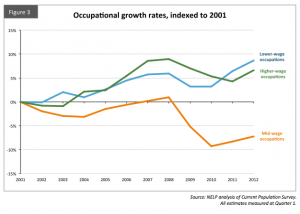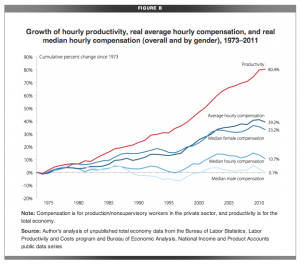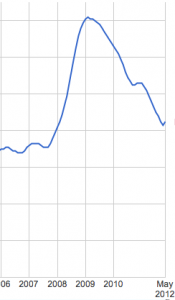Rahm Sues Teachers Because They Want to Read, Engage in Democracy
The Chicago teacher’s strike is getting closer to agreement: while the draft agreement limits the test-driven evaluation to the levels required by the state and provides means for some means to provide support staff (counselors, for example) in needy schools, But it still permits Rahm to shut schools so he can open unproven charters to enrich his friends.
And so the union wants to spend 2 days so teachers can actually read the agreement, discuss it, and vote democratically.
After a civil and frank discussion, the House of Delegates voted NOT to suspend the strike, but to allow two more days for delegates to take the information back to the picket lines and hold discussions with the union’s more than 26,000 members throughout Chicago. Teachers and school staff will return to the picket lines of the schools at which they teach at 7:30 a.m. Monday and, after picketing together, will meet to share and discuss the proposal. Citywide members will picket at the Chicago Public Schools Headquarters, 125 South Clark, at 7:30 a.m. and will meet thereafter at a downtown location.
“This union is a democratic institution, which values the opportunity for all members to make decisions together. The officers of this union follow the lead of our members,” President Lewis said. She continued, “the issues raised in this contract were too important, had consequences too profound for the future of our public education system and for educational fairness for our students, parents and members for us to simply take a quick vote based on a short discussion. Therefore, a clear majority voted to take this time and we are unified in this decision.”
Reading and democracy!
In response, Rahm has said he will sue, arguing that the teachers are striking over something other than wages, as they have been prohibited from doing.
Emanuel called the strike “illegal” and said he would go to court to seek an injunction to block the labor action.
“I will not stand by while the children of Chicago are played as pawns in an internal dispute within a union,” Emanuel said, adding that the union walked out over issues that are not subject to a strike under Illinois state law.
Because the last thing we want to teach American school children is about reading and democracy.




